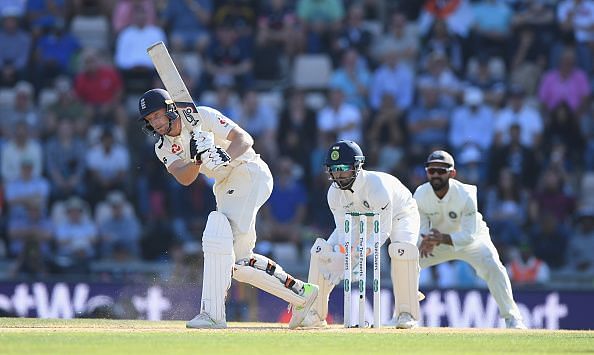
The Art of batting with the Tail |This English batsman is replicating Laxman
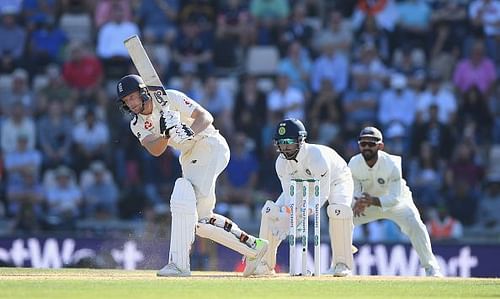
It is said that the true test of a batsman is either in the first hour of an overcast day or in the third/fourth innings of a Test match. In the first scenario, the batsmen have to counter the new swinging red cherry and, in the latter, a deteriorated pitch with the odd ball keeping low at times, turning square (especially in sub-continent). These conditions test the technical & mental strength of the batsman.
Being an avid cricket fan and a witness to fascinating series so far between England & India, one thing other than the openers failing for both teams, that stood out for me was the No. 6/7 batting position.
In the ongoing series, Hardik Pandya has been batting at No. 6 for India and Jos Buttler at No. 7 for England, and that has made all the difference.
While Buttler has scored runs consistently and acted as a fine link between the top and the lower order, Hardik Pandya has been a failure with the bat in this aspect.
Once upon a time India's No. 6 batsman was the legendary Laxman. Laxman, who is known as the Lord of the last innings (3rd /4th), played an important role for India both at home and overseas.
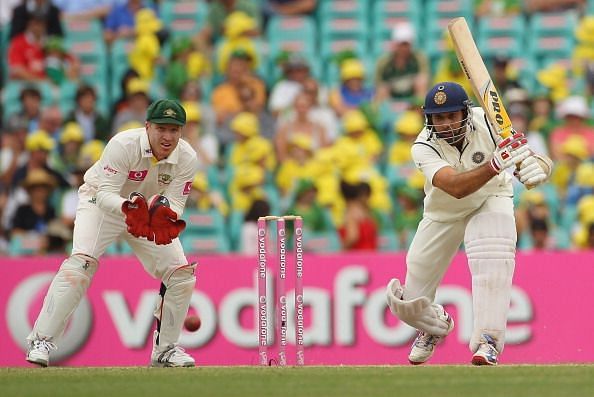
VVS made that spot his own with a career average of 56.32 at this position. His ability to score runs while shielding the tail whenever required, made him one of the finest 3rd/4th innings batsmen.
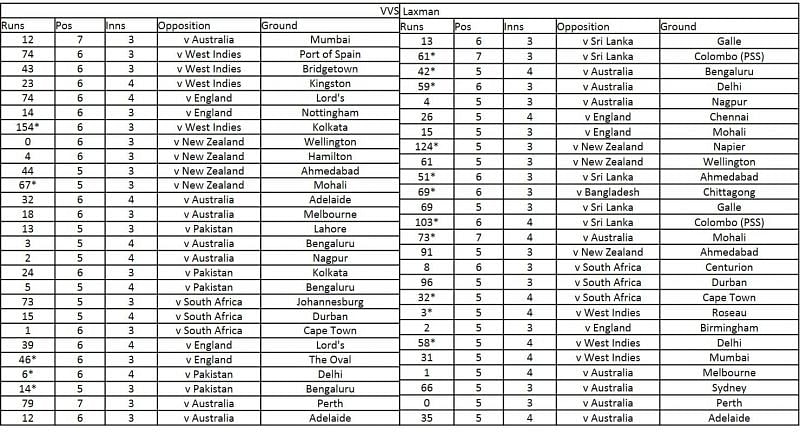
Now looking at Buttler, with only 24 Test matches under his belt and an average of 47.7 in the third/fourth innings, he is making rapid strides and becoming a potential match winner. He is either helping the team set a target or chase down one.
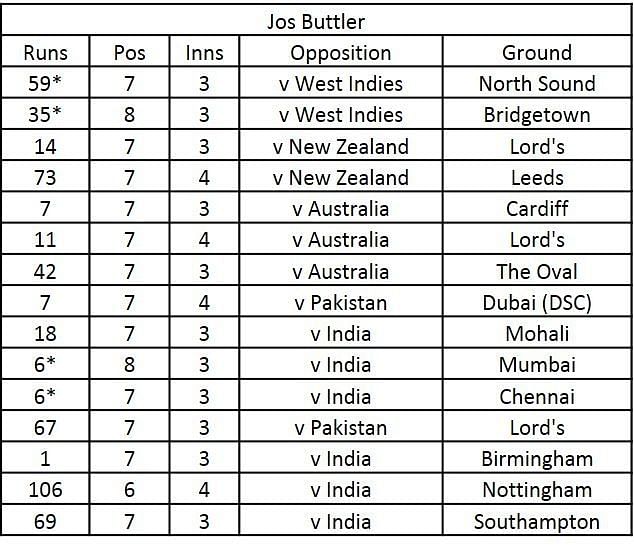
The Similarities and way forward:
#1. Perseverance, Self-discipline and Hard Work: Without these qualities, it is not possible for anyone to succeed in any sphere of life. Laxman trusted himself and announced that he will play in the middle order and not open the innings and rest is history.
Buttler too announced he would not play red ball cricket for his county but on being given the chance for England, he grabbed it with both hands. Being a keeper and with Johnny Bairstow already doing well as a keeper, he succeeded in cementing his place in the Test eleven.
After initial hiccups in his Test career, Laxman, by his sheer hard work and determination, developed into a fine lower-order batsman.
Buttler was initially branded as a limited overs player, he worked hard on his game and has finally started developing into a class Test player.
#2. Crisis men and Match-winners: Laxman did it time and again, and Buttler is making all the right noises. He has a better attacking game than Laxman and could develop into a fine No. 6 and take the game away from the opposition.
#3. Batting with the tail: When you bat at No. 6/7, you will more or less end up batting with the tail. This gives some batsman the freedom to express themselves more freely. Both of these players love doing that.
They are good at finding the gaps. Laxman had the silky drives whereas Buttler has the power game.
#4. Slip Fielding: Fielding at slips requires a lot of concentration. Laxman had one of the safest pairs of hands at slips. Buttler has missed a few and caught a few. Being the ODI wicket-keeper for the team, he can definitely develop into a fine slip fielder.
Buttler has shown the potential to make it big. He needs to be given the confidence that despite a bad series (even if it is the Ashes), the team management will continue to show the faith in him.
What England would want is that Buttler continues to replicate what VVS did, especially the way he milked the Australian bowling.
Wishing Jos Buttler a great career ahead.